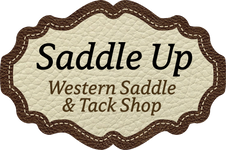Saddle Series: The Western Saddle, Part 2
Posted by Saddle Up on May 22nd 2014
This week we are continuing through the points of a western saddle. Let's jump back in!
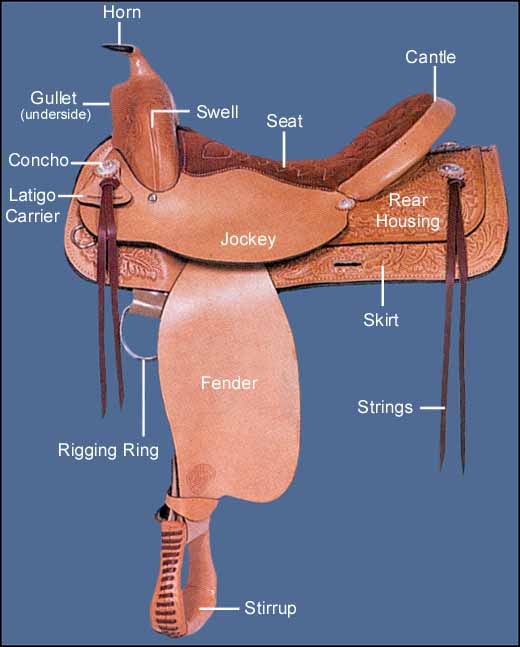
(photo taken from Equusite)
Gullet:
The gullet is right beneath the horn and is the place where people usually measure the width of the saddle to determine horse fitting sizes. Here's a list of the standard measurements and names of how the gullet size relates to the tree bars, although opinions often vary among saddle makers/brands.
Regular: 5.75" - 6"
Semi-Quarter Horse: 6" - 6.5"
Quarter Horse: 6.5" - 6.75"
Full Quarter Horse: 6.75" - 7" (Can be all the way up to the draft size of 8")
Arabian: 7.25"
Draft 8" or Bigger
Gullet measurement is a hot topic for discussion. Some people swear by the accuracy of gullet measurement while others find it to be very inaccurate, especially considering the many different ways you can measure it. As with a lot of stuff, there is no one right way to determine if a saddle will fit a horse without trying it on the horse. The fitting depends a lot on the bar flare, the twist, and the horse's back. You can have a very wide horse that would be perfectly happy in a regular gullet size, all because of the bar flare and twist. One of the easiest ways to see if a saddle will fit a horse is to try it on the horse under the supervision of an expert.
However, if you have found gullet measurements to help you, then great! Below is a picture of where to measure. It's usually from middle of concho to middle of concho.
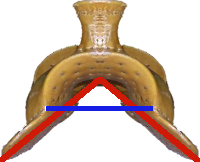
(photo and references from Lorien Stables)
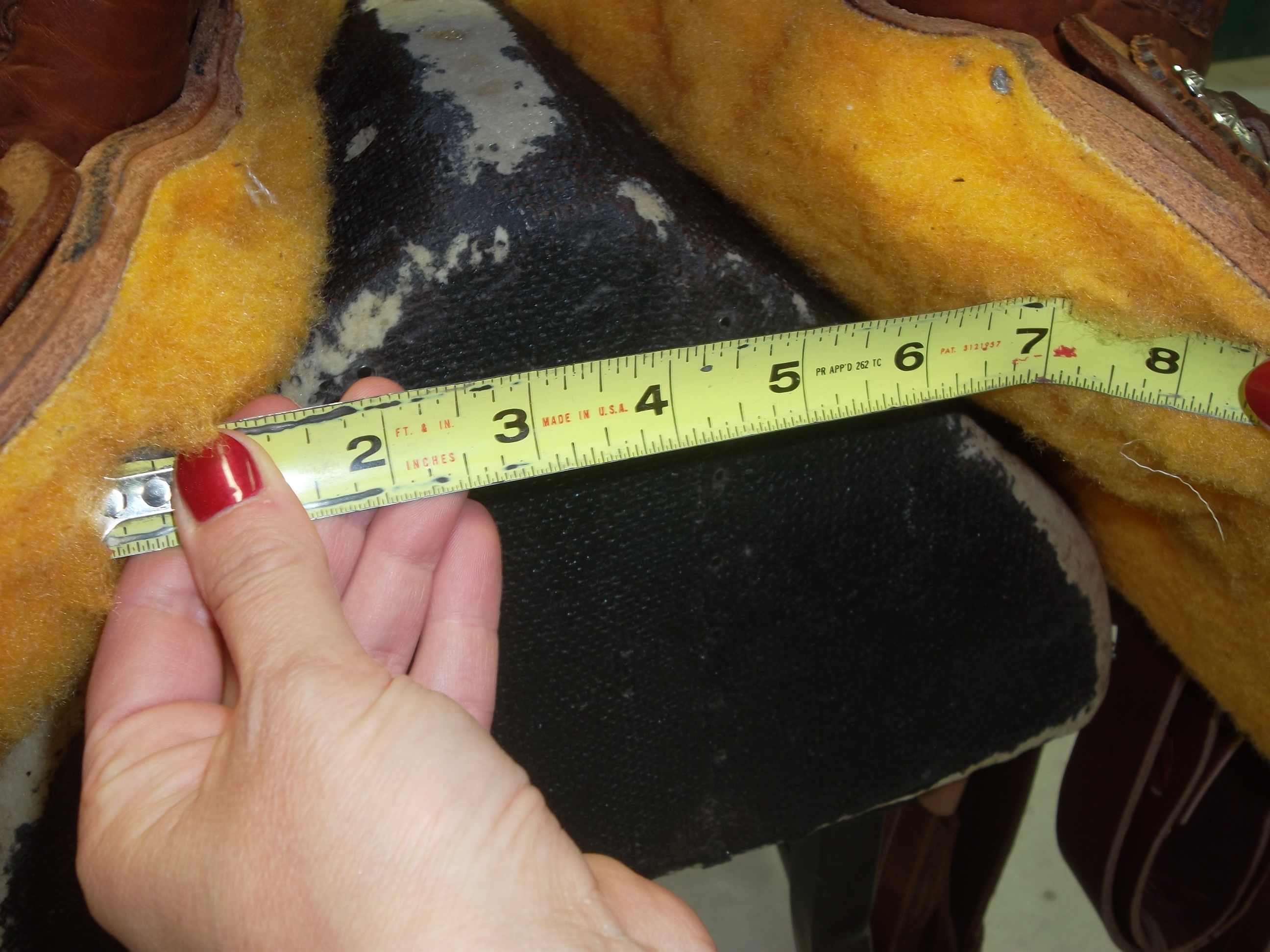
(photo taken by Saddle Up)
Conchos/Rosettes:
Conchos have a practical use and a decorative use. Originally they were designed to attach the saddle strings to the saddle and this is still their function on many ranch and trail saddles. On barrel saddles, reining saddles, and show saddles, they are definitely more of a decorative highlight then anything else. There are some pretty fancy conchos out there which adds just the right amount of bling to any saddle!
Rosettes are basically leather conchos and hold the saddle strings to the saddle. They also provide a backing for conchos.
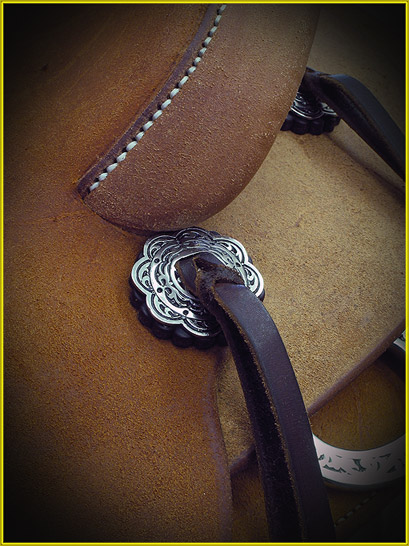
(photo taken Ranch 2 Arena)
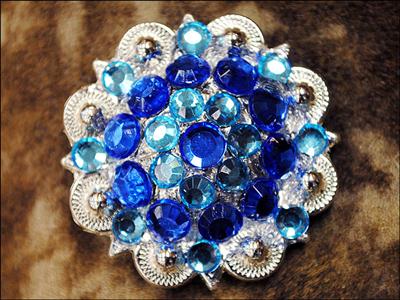
(photo taken from Hilason)

(photo taken from Outfitters Supply)
Latigo Carrier:
The latigo carrier is located on the right side of the saddle (if you're facing it head on. It's on the left if you're riding) and is used to secure the loose end of the latigo, whether after the horse is cinched up or for storage. It helps to keep the latigo out of the way. The latigo carrier also usually carries the brand name of the saddle and the saddle number.

(Photo taken from Gypsy Cob Forum)
Jockey:
The jockeys are the part of the saddle that covers the bare part of the tree, also protecting the riders legs. The jockeys can either be smooth leather or rough-out. Barrel racers prefer their saddle jockeys to be rough-out as this helps them stick in the saddle. Usually the jockeys have some form of decoration, whether in it's border tooling or full-out tooling.
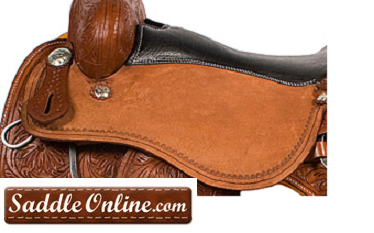
(photo taken from Saddle Online.com)
Rear Housing:
The rear housing is the section of the saddle behind the cantle and over the skirt. Its purpose is to cover the uncovered part of the saddle tree bars in the back of the saddle.
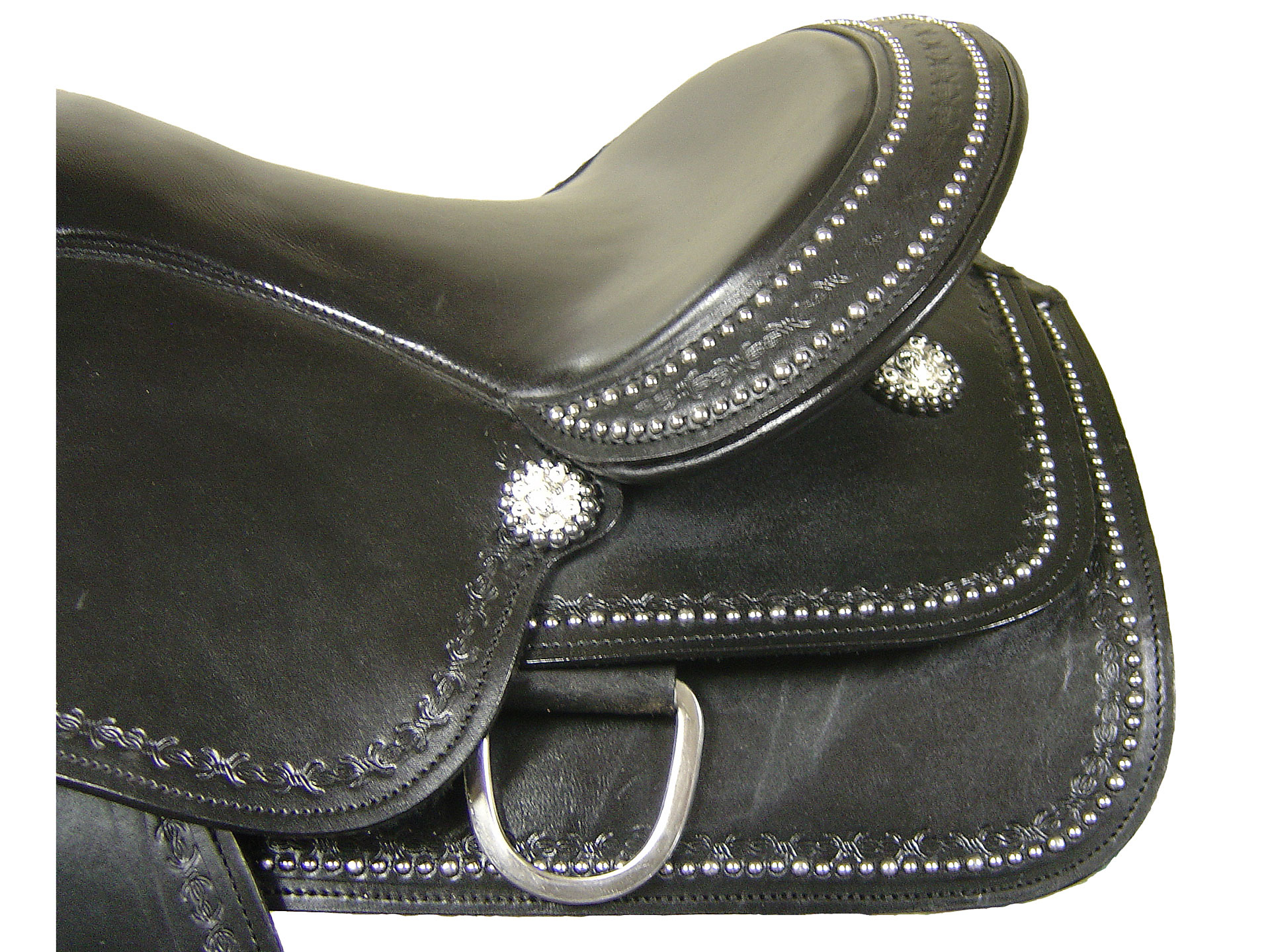
(photo taken from TackWholeSale.com)
Join us next week when we conclude The Western Saddle series!
"I am who I truly am, when I am in the saddle." --Author Unknown
~Saddle Up
